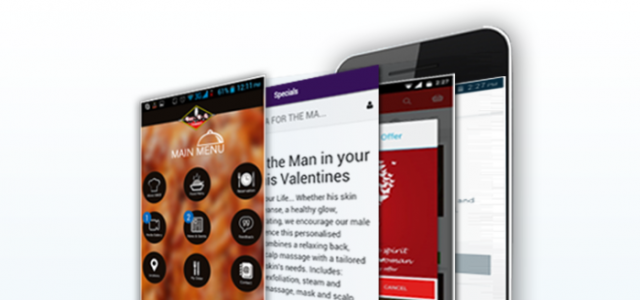One of the biggest issues facing many IT departments in 2016 is the need to make radical change to meet the increasingly dynamic digital agenda but to continue to deliver the basic utility IT that every organisation need to function. There is an inherent tension between these two needs as one requires traditional, sequential, risk averse activities and the other demands an exploratory, non-linear and agile approach. It would seem that the challenge is integrating these two approaches within a single unified IT department.
The simpler option is to avoid the battle of integrating two diverse approaches and deliberately operate with two distinct modes and highlight this fact rather than attempt to conceal it under a veneer of standard operational practices. Bimodal IT is the practice of managing two separate, coherent modes of IT delivery, one focused on stability and the other on agility. Adopting a bimodal approach allows organisations to both deliver the core functions required whilst simultaneously reacting to the new disruptive digital agenda and delivering the competitive advantages required by the business.
Establishing a bimodal approach to IT is a significant challenge to many IT Departments as it requires the adoption of two distinct approaches across a single departmental entity and this requires not only two separate methods of working but two different technology platforms in the majority of organisations. Mode 2 operations, the adoption of an agile, people-centric approach that comprises a high volume of small iterations and allows for failure as part of the process is the mode that very few established organisations have the ability to execute simply. Mode 2 is also the approach that is being used by many of the new disruptive organisations to develop their offerings and to continuously evolve them and, therefore, the more established players in many markets must adopt a Mode 2 approach or accept that they will suffer at the hands of the new disruptive market players.
Mode 2 is predominantly about agility and creativity, two words that are not traditionally associated with the IT Department. This need for a radical shift in the approach within IT is likely to require not only a very different approach to recruitment but also a very different approach to the leadership and management of the people. Many organisations have attempted to embrace Mode 2 operations by modifying their existing talent management approach but many of these attempts have failed because the leadership and management approach within the organisation has not changed.
There needs to be fundamental changes not only in the approach of the people who operate within a Mode 2 environment but also in how those people are rewarded and recognised as Mode 2 has a higher dependency on teamwork than Mode 1. The people-centric changes need to be embraced across the whole of the human resourcing aspect of the IT Department. Reports suggest that many organisations have attempted to recruit a different staff profile but have not succeeded in implementing all of the other elements required to drive cultural and behavioural change within an organisation.
For an agile Mode 2 approach to work IT needs to integrate closely with the business. There has been a mantra over many years about a successful IT Department aligning itself with business requirements but alignment is no longer sufficient. IT and the business must integrate and work together without one leading the other. Where there is a need for one to lead the other there is already a delay in the delivery process and delays even of this nature are sufficient to result in an organisation being left behind.
There are lots of tools and techniques available that allow IT Departments and business leaders to communicate effectively in digital terms without introducing delays because one side or the other is not understanding. There are also options for introducing external consultancies for an initial period to broker the new relationships and ensure that both parties are having their needs met by the other in a Mode 2 operation.
Mode 2 requires a people centric change methodology to be implemented across the IT organisation to reinforce the change that is needed. People can be resistant to change and the most common reason is an avoidance of being taken out of their comfort zone. Organisations need to develop a programme of change that embraces these fears and to not only develop the programme but execute it effectively to reduce or eliminate the fear of change that is inherent in many organisations.
Article by channel:
Everything you need to know about Digital Transformation
The best articles, news and events direct to your inbox
Read more articles tagged: Featured






